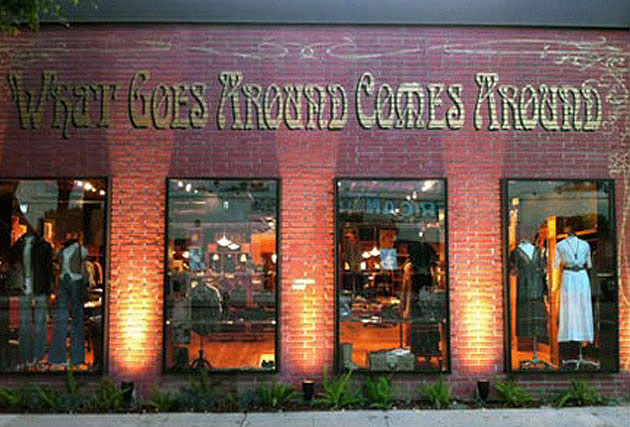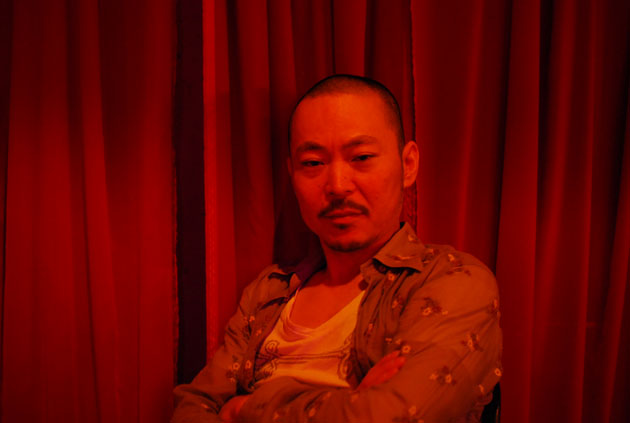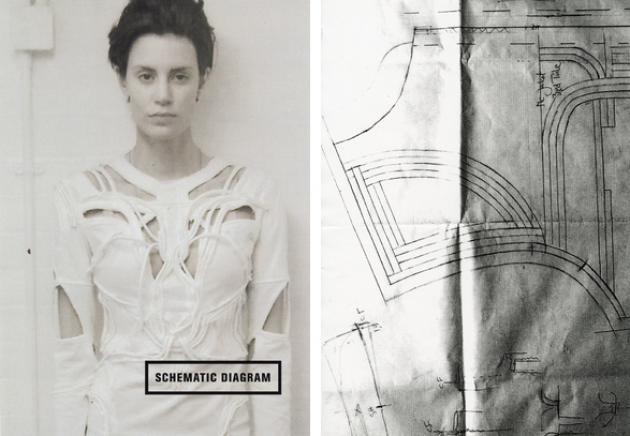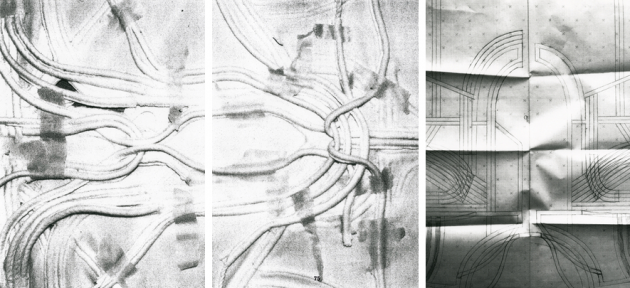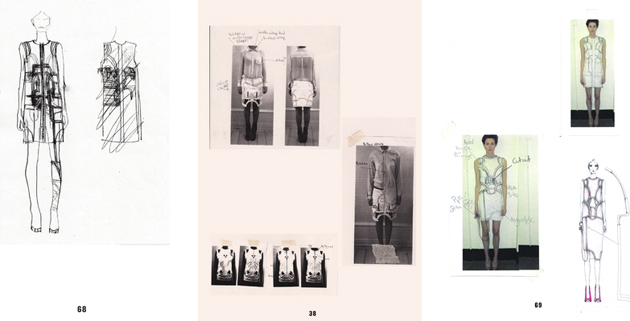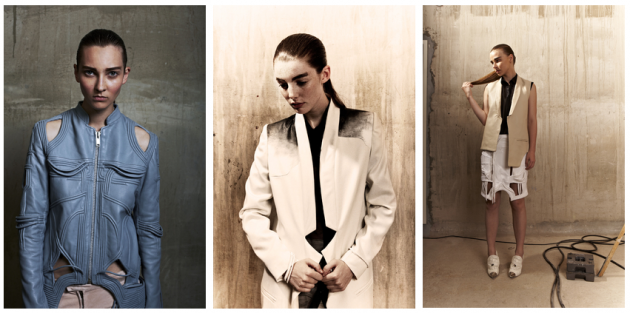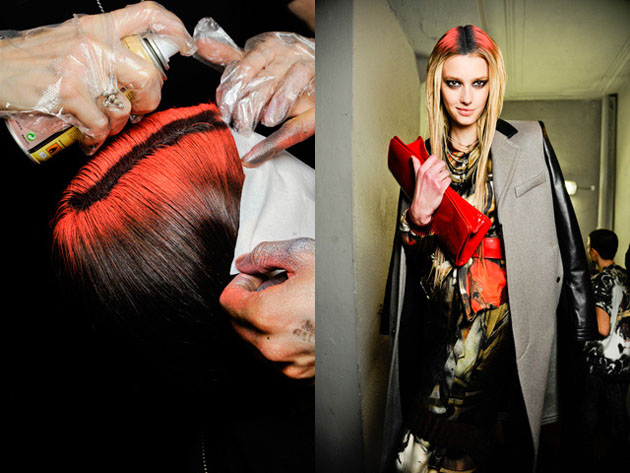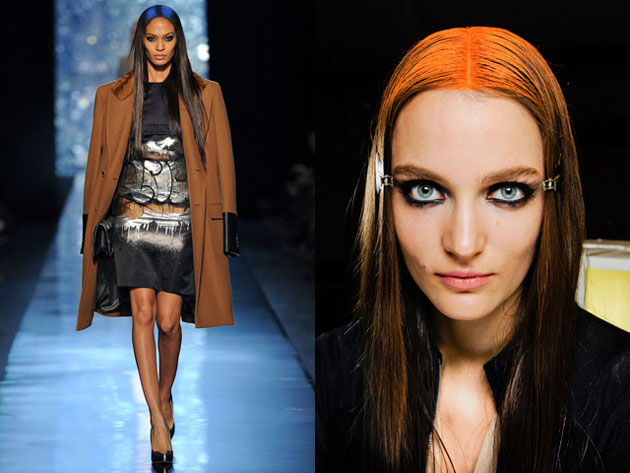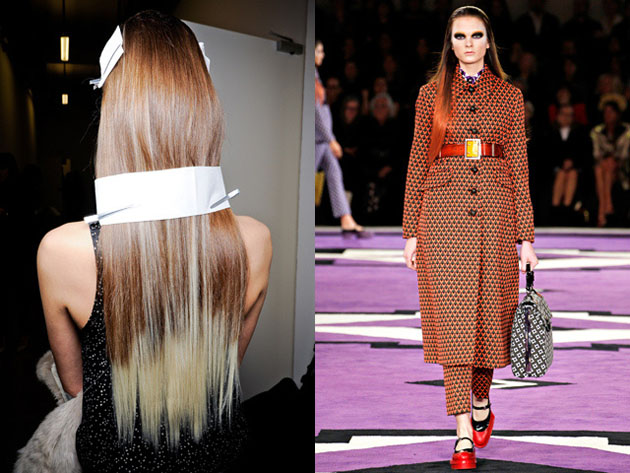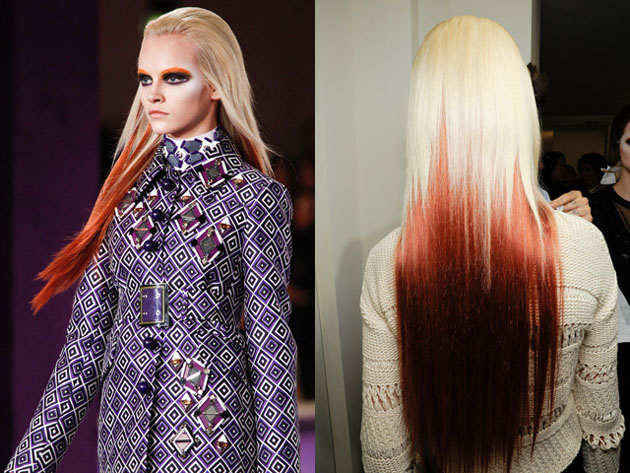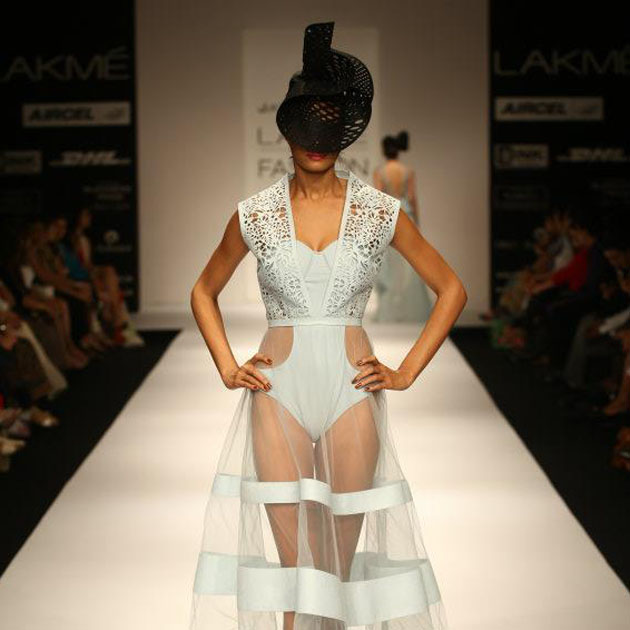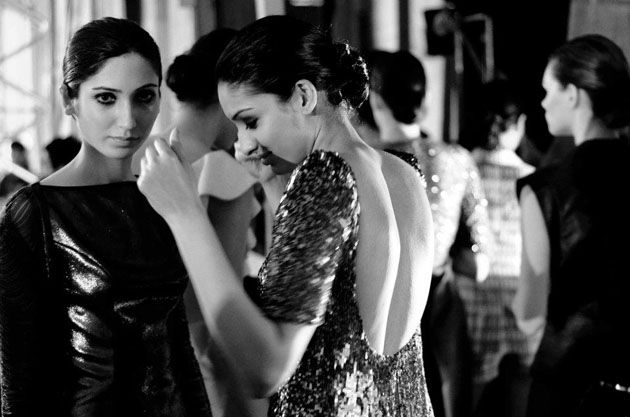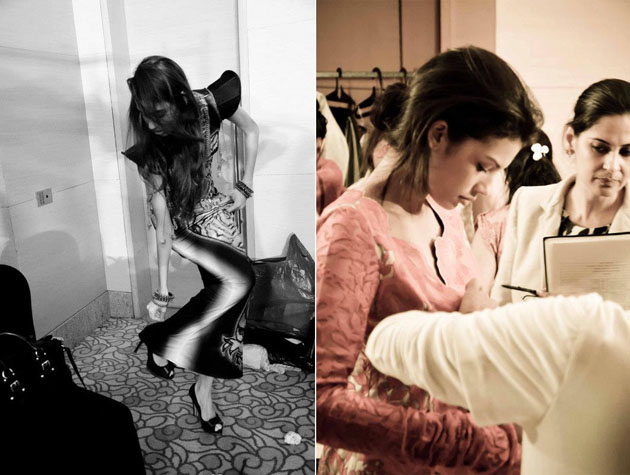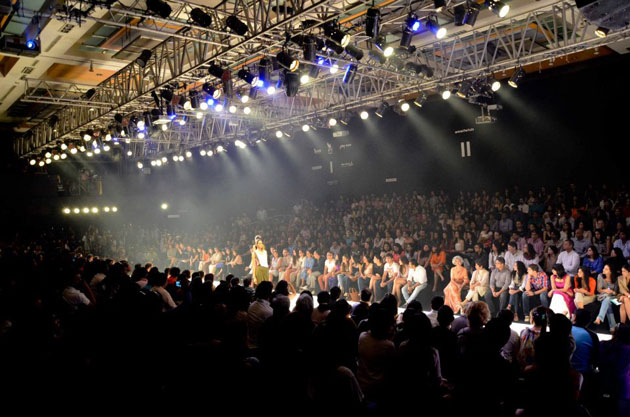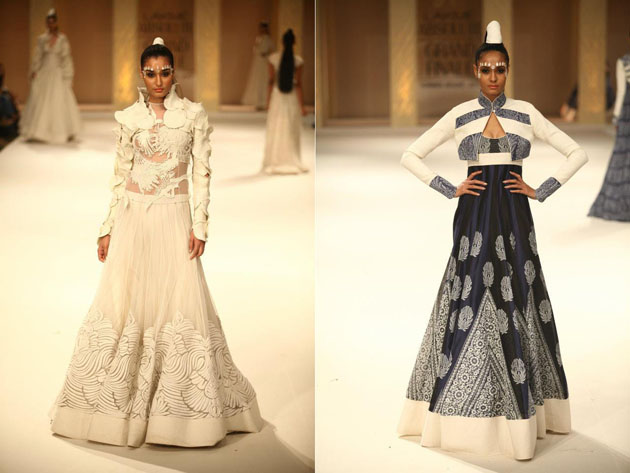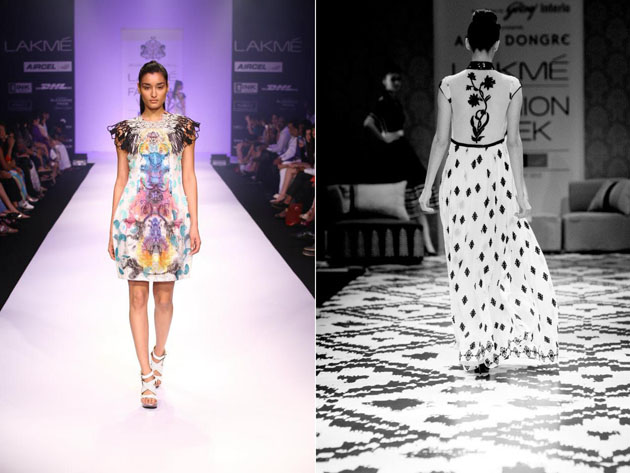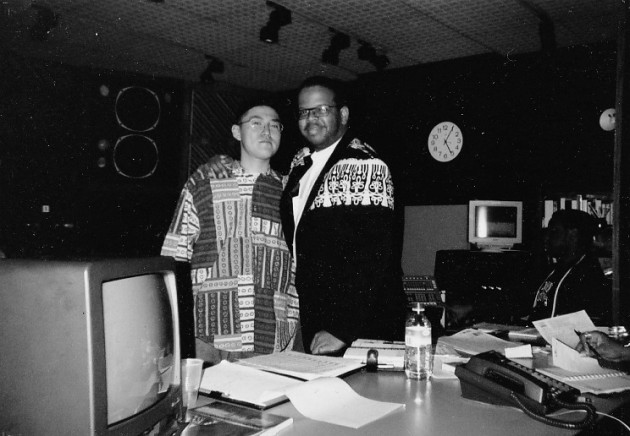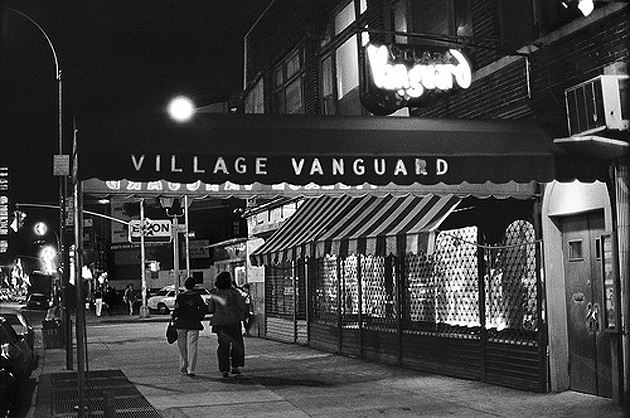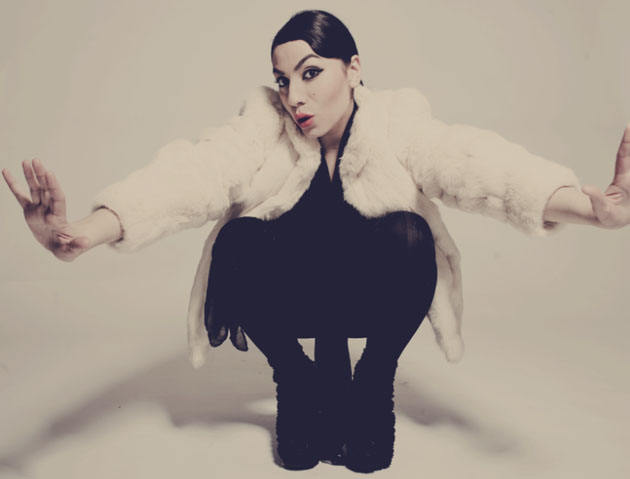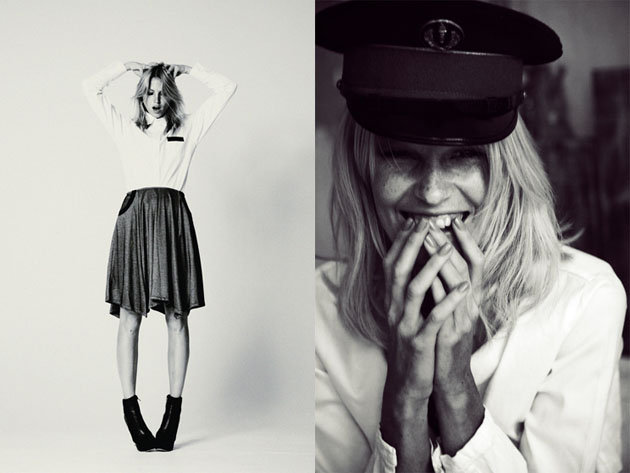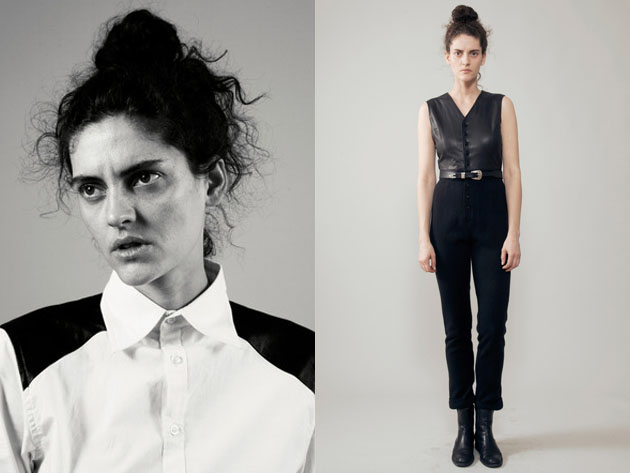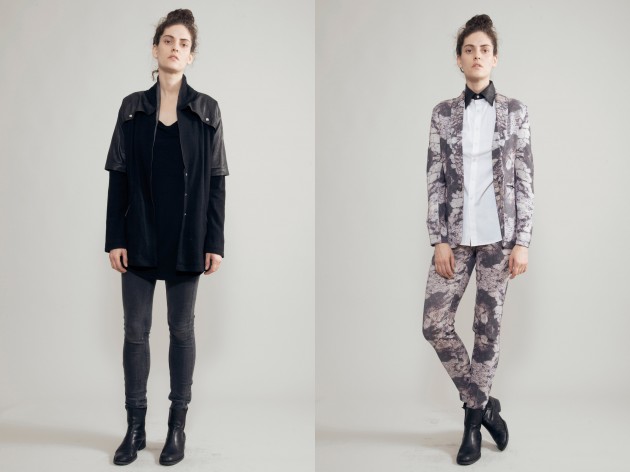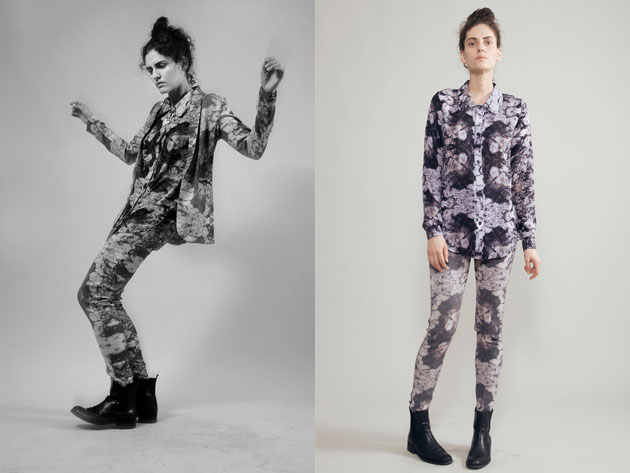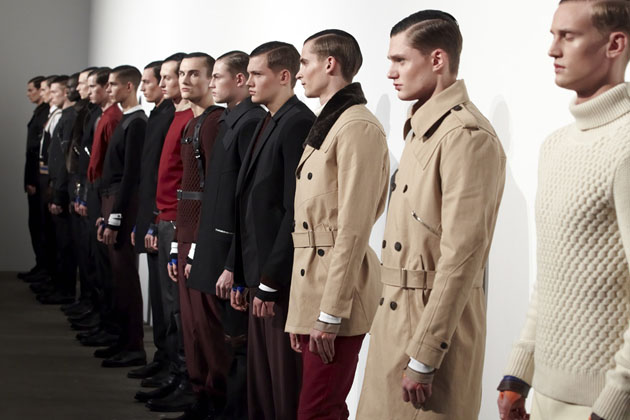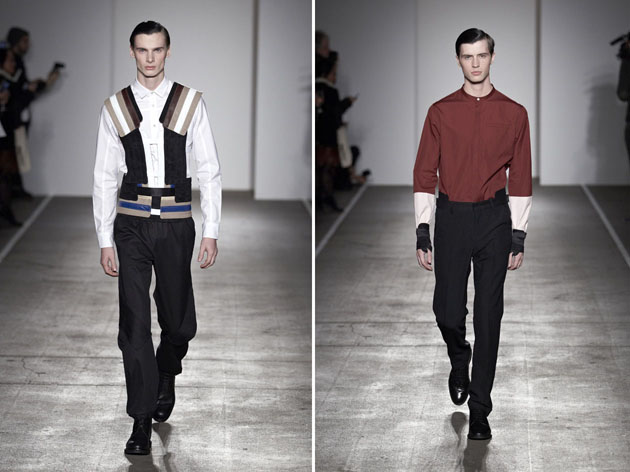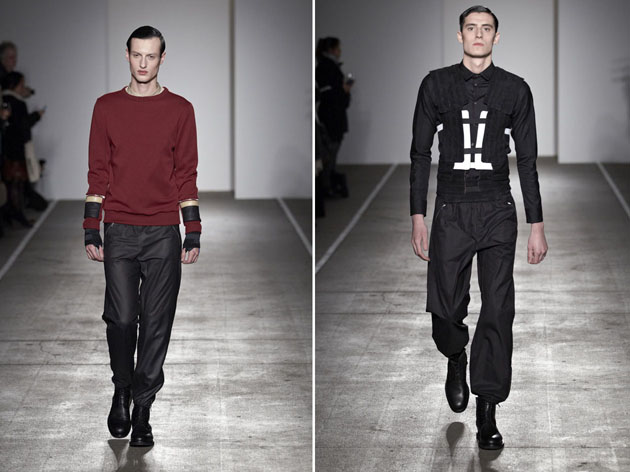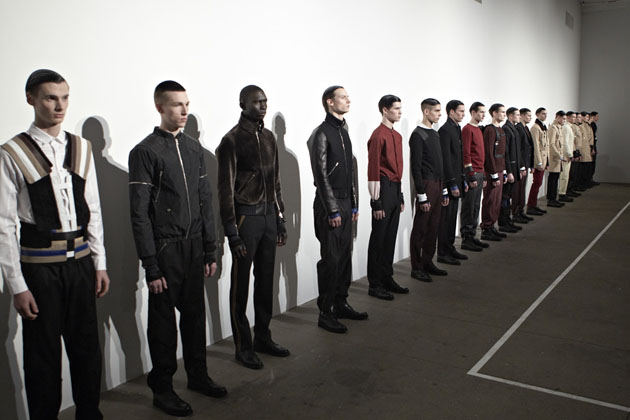.
Guest Interview n° 41: Tamsin Cook
Design consultant Tamsin Cook was born on a farm in the UK and now lives in Belgium. Other than rummaging through quirky little markets and antique shops in Brussels and Antwerp, her daily routine consists of traveling and scouting for fresh trends in cities such as Paris, London and Amsterdam.
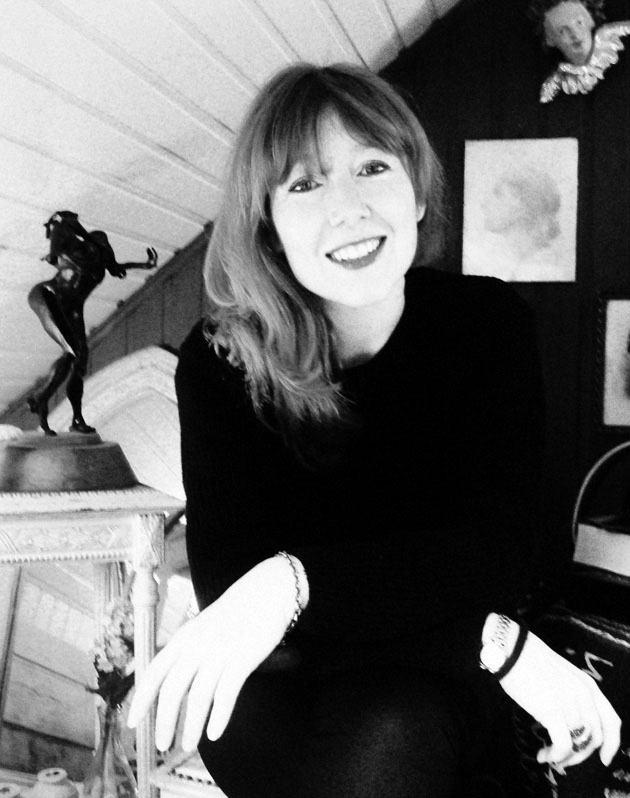
You currently work as Senior Design Consultant, would you care to develop that for us?
I have always worked in-house for companies until last year. Now I am starting out on a freelance basis. This includes designing and trend researching for different customers, it can be on a short or long term contract, depending on the needs of the client.
What is your background in fashion?
Well, I grew up on a farm in Devon, UK. I was always into making my own clothes, styling friends and my brothers. I have a big love for denim and workwear, I believe this came from my roots when growing up. I still like to check out my dad’s work jeans for finishing ideas actually! I studied a BA (Hons) in Fashion at the Surrey Institute of Art and Design just outside of London.
Your job includes scouting for new up-coming trends, how does one go about that, lots of travelling?
It’s an on-going process. Travel is a big part; this can be to city visits around the world to shop, visit stores, exhibitions and photograph people on the street. Visits to trade fairs where the newest developments in fabrics, yarns and prints are exhibited are important. Plus every day research, magazines, blogs, music, festivals, catwalks, art and exhibitions…
Brussels and Antwerp have quirky little flea markets and antique shops; I love to rummage through these on a Sundays. It’s great being so close to a lot of amazing cities as well, I can easily take the train to Paris, Amsterdam or London for the day for some fresh inspiration and people watching.
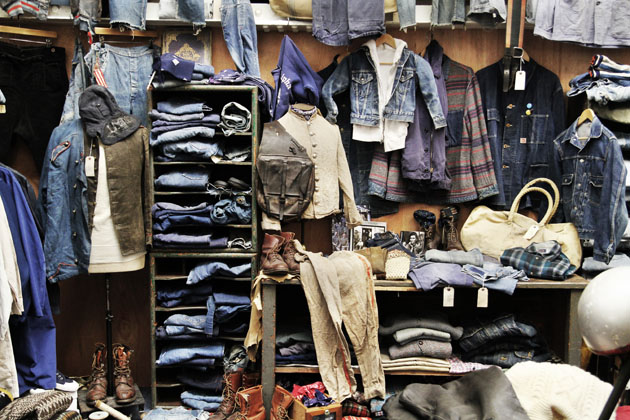
Is there a special source that often tends to provide trends, for example youth/street culture?
For sure youth, street culture and music are huge influences on fashion. Again, it depends on who you are working for. At Lee, where I worked for 7 years, a large part of the research was vintage denim and finding inspiration from great second hand pieces. I think so many people influence the fashion industry, from the film industry and artists to musicians, bloggers and photographers, the list is endless. The key is to keep your eyes open and not to get stuck with the same sources. I try to find new blogs or emerging artists/music every day. There are endless micro-trends emerging all the time.
How is the trend spotting applied in practice, have you recently for example found something in a vintage shop that later on turned into a design idea for one of the brands you work for?
At Lee when I was working on the kid’s collection, I found some great vintage pieces, like cute little dresses or blouses, we translated these into the collections. I always think you get a better result if you mix eras and ideas. Vintage buttons, trims, vintage denim, all these are huge sources of inspiration for the collections I have worked on. Second hand items are such treasures.
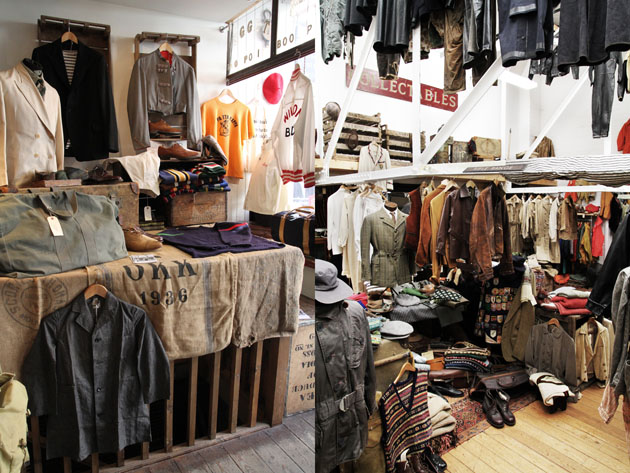
If you pick up a trend in, let’s say, an Asian country, is that one later applied to the Asian market, or do you experiment between the different continents?
That’s an interesting point! In a way it is a big melting pot. Everyone is taking ideas and inspiration from each other. Japan and Asia influences European style and vice versa. But that is great, and that is where you can really make some individual fusions and looks. A lot of Japanese brands have the most amazingly beautiful collections but would not necessarily be commercial to mass market here in Europe, but if tweaked, adapted and personalised you can create some interesting trends.
How do you look at the future of your business, and your own, any dreams waiting to be fulfilled?
People are much more confident and savvy in creating their own style and much more aware of trends than previously with all the social networking and online media available today. The fashion industry is going to have to get smarter, the consumer needs surprising and seducing in new ways. There has been the trend of pop up stores and now home shopping and styling parties are starting to be hip…What’s next, I think the consumer will decide!
For my own future, I like having the freedom of working freelance, I wouldn’t say no to work for a brand again though. I sometimes miss the daily interaction with people and the connection you make with a brand. Right now I have nearly completed my web page for my blog Rue des Bleus. It’ll be my platform for things which inspire me and also where I plan to build on some styling ideas. I’m intrigued by people and their look/style, so I’m hoping to scout some models which I can style for my blog.
